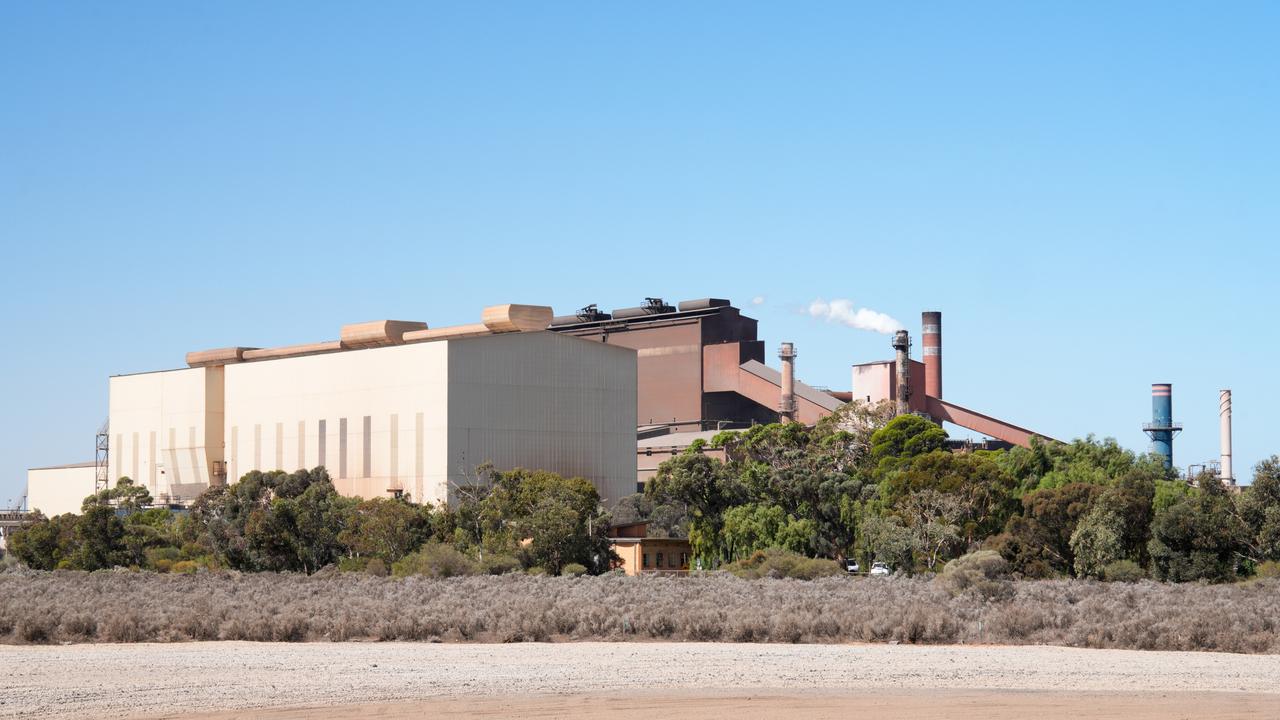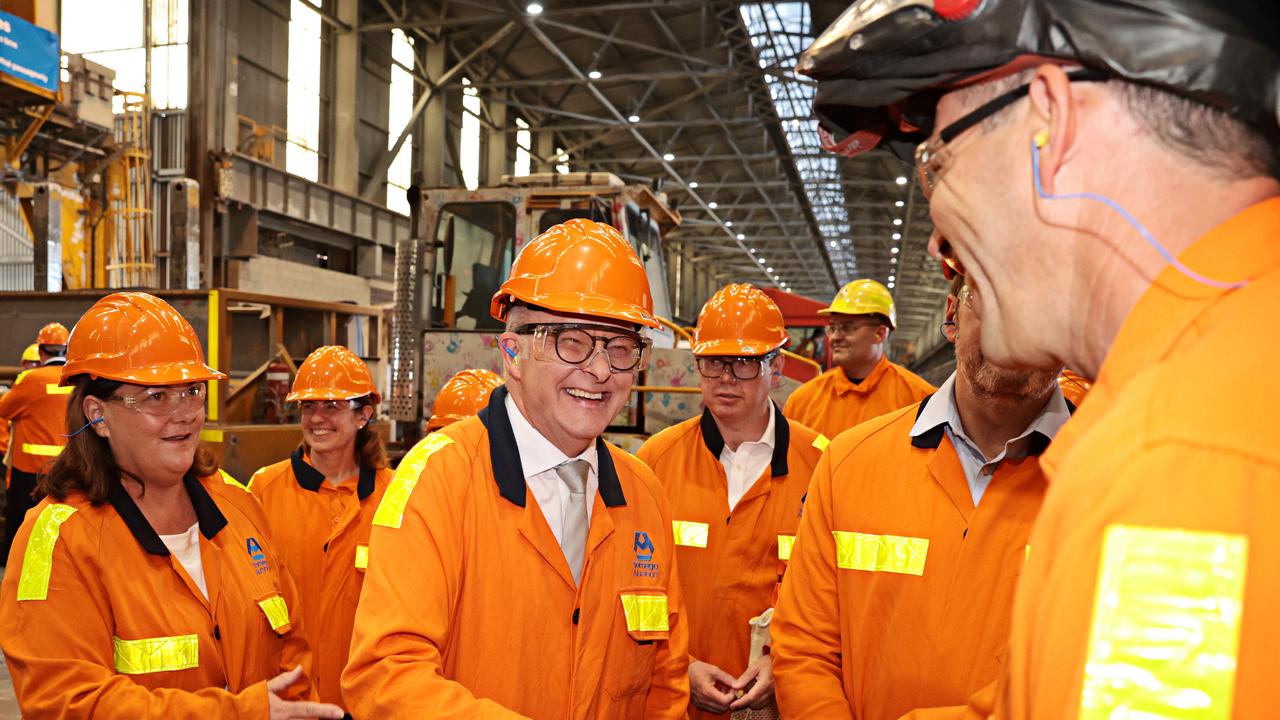UBS Global Wealth Management tips Aussie dollar to hit US68c by end of 2025
UBS is tipping the Aussie dollar to hit US68c by the end of the year on the back of fewer interest rate cuts from the Reserve Bank than have been anticipated.
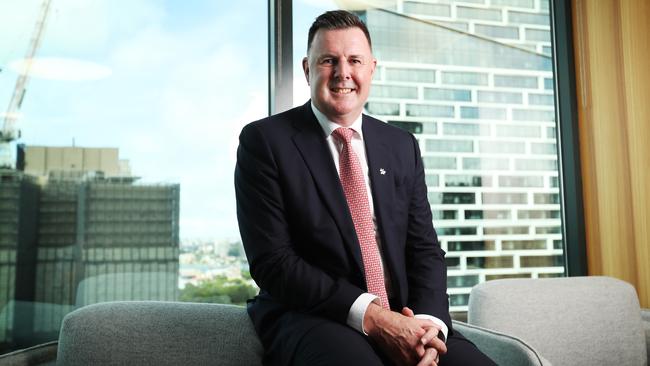
Business
Don't miss out on the headlines from Business. Followed categories will be added to My News.
The Australian dollar could fall below US60c in the short term before recovering to US68c by year-end, driven by an overestimation of Reserve Bank interest rate cuts and continued strength in commodity prices, UBS says.
UBS currency expert Wayne Gordon says the dollar will also be supported by US President Donald Trump’s tariff threats, which are unlikely to have as extreme an impact as some fear.
He said outcomes had not been as damaging as expected, with optimism of a carve-out for Australia and deals elsewhere.
The Australian dollar has recently traded at five-year lows – it dipped to US60.88c on February 3, largely due to persistent concerns over China’s economic health and global trade tensions. However, much of the downside risk is already priced in, according to Mr Gordon, UBS Global Wealth Management CIO APAC head of investment advisory & content.
Investors are navigating the effects of looming Reserve Bank of Australia rate cuts, Trump-era tariff threats, and shifting commodity markets. These factors will play a key role in shaping the currency’s trajectory.
“We have to remember that the Australian dollar is one of the weakest currencies across the G10, and it has been weak because of the risks around China, the trade situation between the US and China, and most people have chosen to express that risk through the currency itself,” Mr Gordon said.
In the short term, the Aussie dollar could dip below US60c if a 60 per cent tariff on China is applied and 25 per cent on Canada and Mexico. However, Mr Gordon said such a move would be temporary and could present a strong buying opportunity.
“We don’t think this situation would be permanent and rates would not just come under pressure in Australia, but also the US,” he said.
Despite short-term risks, Mr Gordon saw room for an Aussie recovery. He points to its historical link with commodity prices, moderating interest rate differentials between the US and Australia, and a stabilising Chinese economy as factors that could lift the currency to US67c-US68c by the year’s end.
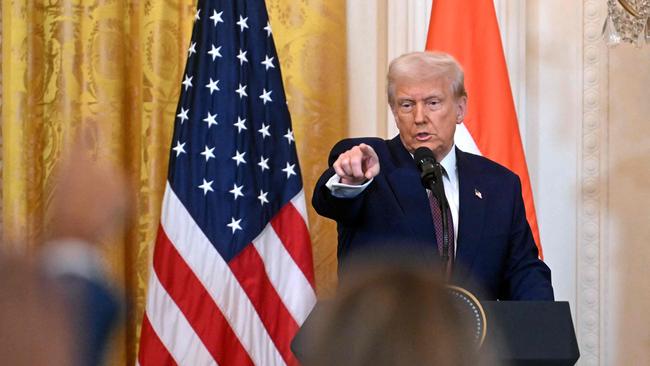
“We think that the Aussie dollar is undershooting where commodity prices are right now, and usually this relationship doesn’t persist for long periods of time,” he said.
While the market currently anticipates up to 100 basis points in RBA rate cuts this year, UBS believes this expectation is exaggerated. Instead, Mr Gordon forecasts a maximum of 75 basis points – more likely 50 – including one on Tuesday.
He argues that the US Federal Reserve is also mispriced and will cut rates by 50 basis points rather than the currently priced-in 38. This narrowing yield gap should support the Australian dollar.
“We believe that the most you’ll get (from the RBA) is 75, but most likely 50 basis points of cuts,” Mr Gordon said.
“That would see the two-year interest rate spread between Australia and the US shift back from around negative 40 basis points today to around negative 20 to 10 basis points by the end of 2025, and that should see the currency trade around US67c-US68c on a fair value basis.”
Beyond interest rates, trade policy remains a key factor influencing the Aussie dollar. Trump has delayed a 25 per cent tariff on imports from Canada and Mexico while imposing a 10 per cent tariff rate on China that took effect last week. He also signed off on a 25 per cent tariff on all steel and aluminium products, including those from Australia.
Mr Gordon said any escalation in the US-China trade war could create additional headwinds for Chinese growth, which in turn would weigh on Australian exports.
“We thought that there would be much higher levels of tariffs applied to China more quickly than what has indeed been the case,” he said.
“And it’s been encouraging to see Trump wants to visit China and have a dialogue with President Xi, which suggests things are more positive than expected.
“We do expect a 30 per cent effective tariff rate to be applied to China in the end, but there is an opportunity for a deal to be done.”
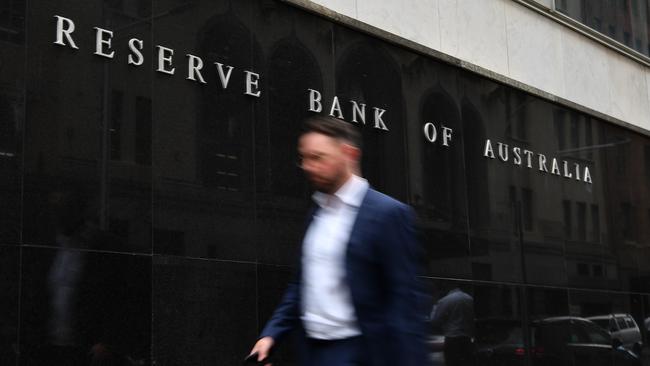
Despite concerns over global trade, Australia’s key commodities remain resilient. Iron ore continues to trade around $US100 per tonne, a level that remains highly profitable for Australian miners. Meanwhile, copper prices are set to climb towards $US11,000 per tonne by the end of 2025, driven by strong demand from renewable energy and artificial intelligence infrastructure.
“Commodity prices have been very much a function of the lack of supply more than booming demand,” Mr Gordon said, adding that even in a slow Chinese economy, demand for Australian exports had remained strong. “We actually expect China to step up additional domestic support, particularly for consumption, which will benefit Australia where production costs for iron ore are low. We do expect that finally, we will get some stabilisation in the property market in China.”
The RBA is expected to deliver rate cuts as soon as Tuesday to counteract a slowing economy, though not at the extreme levels currently priced in by markets. Mr Gordon said UBS remained optimistic about economic growth in Australia due to the combination of rate cuts, improving commodity prices, and a stabilising trade environment.
“From a growth perspective, Australia … could see a stronger recovery than some of its G10 neighbours, such as New Zealand, Europe and the UK, where there are far more political and geopolitical challenges,” he said.
UBS GWM was upbeat on equities with opportunities in AI at attractive valuations.
“We are actively building client portfolio resilience,” Mr Gordon said. “The key point people need to take from the last few months is to stay focused on long-term trends, look tactically for value during volatility, and maintain portfolio balance.”
Originally published as UBS Global Wealth Management tips Aussie dollar to hit US68c by end of 2025




